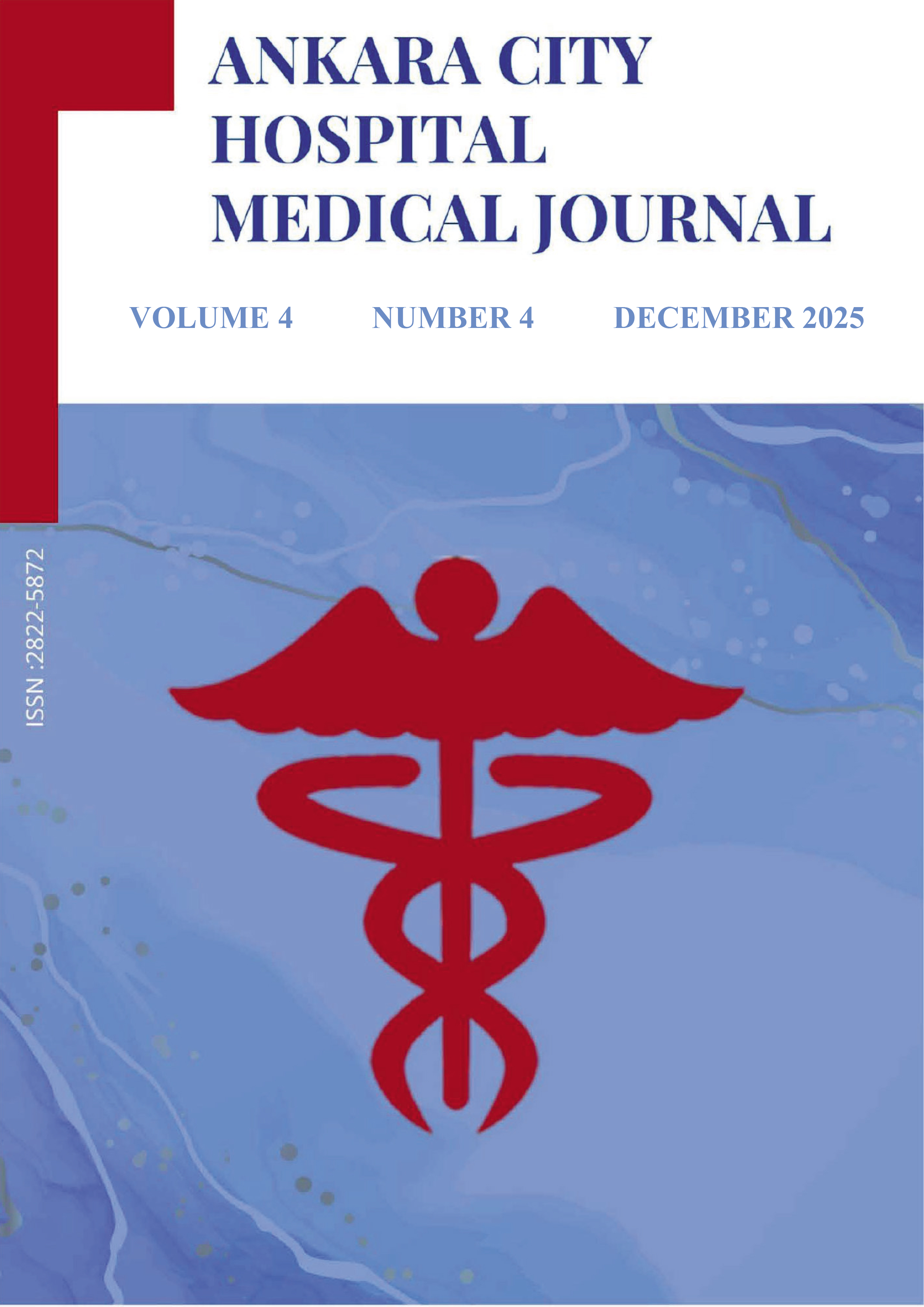
The Comparison of Intravenous Immunoglobulin and Subcutaneous Immunoglobulin Treatments in Primary Immunodeficiency Diseases
Meltem Çetin, Ayşe MetinDepartment of Pediatrics,Ankara Children's Hematology Oncology Training and Research Hospital, Ankara, TurkeyINTRODUCTION:
Primary immunodeficiency diseases (PIDD) cause increased sensitivity against infections. The main treatment of PIDD is regular immunoglobulin (Ig) replacement therapy. IgG replacement therapy can be administered intravenously (IVIG) or subcutaneously (SCIG). SCIG and IVIG treatments are similarly effective in preventing infections in PIDD
METHODS: This retrospective study was conducted in tertiary pediatric immunology department during the 3 years. We compared the cost-effectiveness, adverse reactions, serum IgG trough levels, infection rates, antibiotic usage, infection-related hospitalization, effectiveness, safety and tolerability of SCIG and IVIG in PIDD.
RESULTS: We enrolled 51 patients and the median ages were 10.3 and 17.5 years of IVIG and SCIG groups (p<0.001). The patients who received SCIG treatment were significantly older and the duration of treatment was longer than the IVIG group (p=0.003 and p=0.004,respectively). There was no significant difference in the frequency of hospitalization between the two groups (in IVIG and SCIG groups, 26.4% vs 5.8%,respectively) (p=0.08). The annual median number of infections in patients requiring outpatient treatment were 6.0 and 4.0 in the IVIG and SCIG groups (p<0.001). Although, the incidence of systemic side effects was statistically significantly higher in the IVIG group(p=0.002), local side effects were significantly more frequent in the SCIG (35.9% vs. 5.9%,respectively)(p=0.012). The total average costs incurred were statistically significantly higher in the group receiving IVIG in all three years compared to those receiving SCIG (p<0.001).
DISCUSSION AND CONCLUSION:
SCIG treatment had more lower systemic adverse effects, cost, infection rates, antibiotic usage and duration of hospitalization than IVIG treatment in PIDD.
Keywords: Primary immunodeficiency diseases, subcutaneous immunoglobulin, intravenous immunoglobulin
Manuscript Language: English
(495 downloaded)









